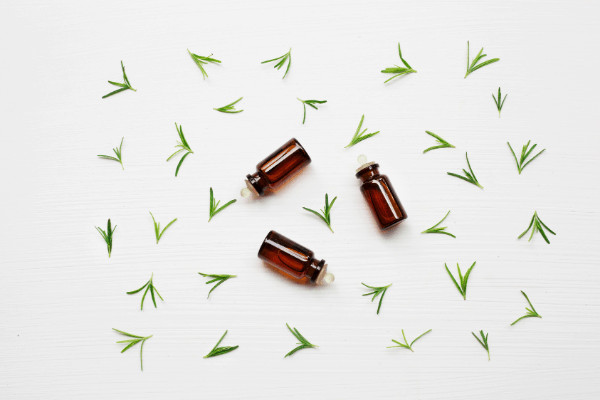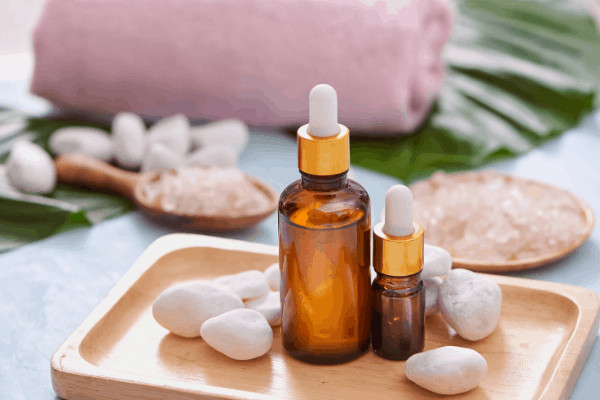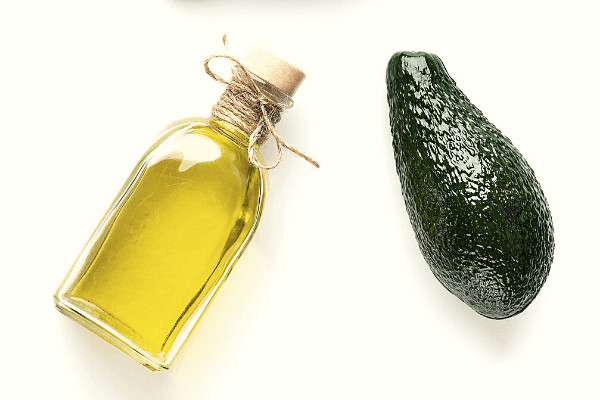When it comes to facials, there are many different options out there. It is essential to choose the one that is best for your skin type to receive the best results. Dead skin cells can be exfoliated, the face can be relaxed, and the affected area’s blood flow can be improved with Facial Treatments. This guide will break down all the different facial treatments available and how they can benefit your specific skin needs.
For more guidance, you can also reach out to a skin treatment specialist, especially if you are not having much luck with these strategies.
Dry Skin
Dry skin can feel tight and itchy, make fine lines and wrinkles look more prominent, and lead to flakiness that ruins your makeup. Luckily, many facial treatments can heal dryness and keep it from returning. Find products that use gentle exfoliation (with enzymes, not scrubs) and include hydrating ingredients like hyaluronic acid and glycerin. Use a humidifier in your home to help add moisture back to the air. Regular facials can help keep your skin hydrated, delay signs of aging, and relax your mind. The most important thing to remember when choosing a facial for your skin type is that no one-size-fits-all treatment exists. Keep reading to learn how to select the best facial treatment Parker for your skin type and concerns!
Combination Skin
If the center of your face, like your nose and chin, looks oily with visible pores, but your cheeks feel dry or flaky, you have combination skin. This skin type is genetic, but bad skincare habits can damage your protective skin barrier and make oily patches even greasier. A facial routine for this skin type requires a cleanser that dissolves excess oil and dirt and toners that balance your skin’s pH levels. When it comes to moisturizing, look for hydrating serums that are lightweight and oil-free. You can also use multi-masking, a technique that involves applying different face masks to specific areas of the face simultaneously to address each area’s unique needs. For example, apply a clarifying clay mask to your T-Zone and greasy spots to manage oils, while a nourishing hyaluronic acid serum helps moisturize your cheeks and drier areas.
Sensitive Skin
Sensitive skin is more common than you may think. Many factors, including diet, stress, illness, chemicals in skincare and other products, sun exposure, and more, can cause it. Sensitivities manifest in the form of red, itchy, or scaly patches. It is a condition where your skin’s natural barrier is compromised, allowing water to escape and irritants to penetrate more deeply. If you have sensitive skin, using facial products formulated for this skin type is recommended. Always patch-test any new products to ensure they won’t irritate your skin. Ingredients like oat extract can help soothe irritated skin, while chamomile can provide anti-inflammatory properties. These ingredients are a great place to start when looking for a facial suitable for sensitive skin.
Cystic Acne
Deeply painful red pimples in the skin are the hallmark of cystic acne, the most severe type. It occurs when pores become blocked by excess oil and dead skin cells. Along with some medical disorders like polycystic ovary syndrome, it can also be brought on by hormonal changes that occur during perimenopause, puberty, pregnancy, and menstruation. Unlike less severe forms, cystic acne is not quickly cleared with over-the-counter medications or facials alone. Instead, dermatologists may prescribe oral antibiotics or topical retinoids. Regardless of the type of acne, a consistent skincare regimen is essential.
Acne-Prone Skin
You probably have acne-prone skin if you experience breakouts, inflammation, and redness more frequently than others. Acne is caused by debris, oil, dead skin cells, and bacteria trapped in pores. It can cause blemishes, including whiteheads, blackheads, pimples, and cysts. A facial that aims to clear clogged pores is a great option for those with acne-prone skin. A deep cleansing facial removes the toxins and bacteria contributing to breakouts.
Treatment with anti-inflammatory ingredients, such as a glycolic acid peel, can also help reduce redness, irritation, and discoloration associated with acne-prone skin. To further soothe and calm, use a non-comedogenic (non-pore-clogging) moisturizer. It will prevent the overproduction of sebum and maintain your skin’s moisture balance. Adding sunscreen with SPF 30 or higher is a good idea, too.





